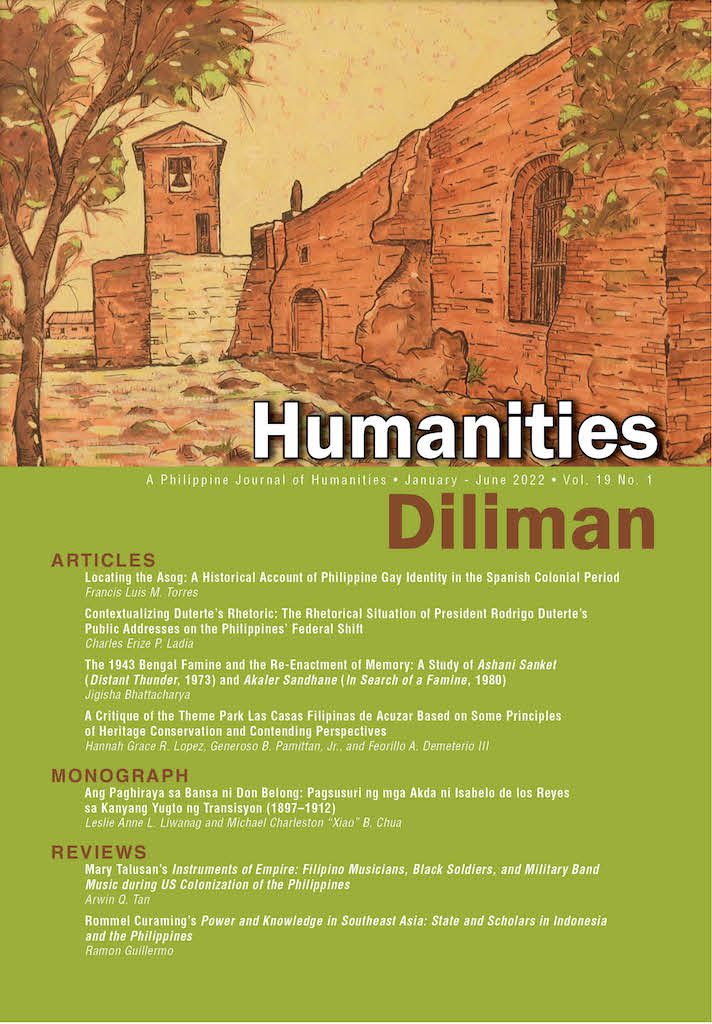The 1943 Bengal Famine and the Re-Enactment of Memory: A Study of Ashani Sanket (Distant Thunder, 1973) and Akaler Sandhane (In Search of a Famine, 1980)
Abstract
This article focuses on the cinematic memorialization of the disastrous 1943 famine in Bengal in colonial Indian subcontinent. Even though many critics have pointed out the systematic nature of famines within the colonies under the British Raj, the grand narratives of the Second World War failed to take into consideration the crucial role the colonies played in the service of the British Army all over the world. The wartime necessities imposed on the erstwhile military headquarters in Bengal, alongside the British austerity measures and an absolute lack of empathy towards the colony, cost nearly three million lives in Bengal alone. In the absence of little reflection in history, it becomes imperative to look into the archive of cultural resources to understand the scale of the man-made famine, and its indelible impact on the shaping of social and cultural lives in the future. This paper attempts to study the contours of hunger and famine in the cultural metaphors of two films hinging on the Great Bengal Famine (1943)— Ashani Sanket (Distant Thunder, 1973) and Akaler Sandhane (In Search of a Famine, 1980)—to tease out a forgotten chapter in South Asian history. By closely analyzing these two films directed respectively by two stalwart filmmakers, Satyajit Ray and Mrinal Sen, this paper seeks to unpack the multiple ways in which the famine deeply affected people’s lives in Bengal to create a new cultural idiom to visualize the reality of the famine. Studies in cinema, cultural and political history, and literature are used in this study to envision new ways of witnessing the 1943 famine. In foregrounding the cultural politics of memorialization through cinema, this paper seeks to highlight the dichotomy between the archive and its absence which characterizes much of South Asian history.


